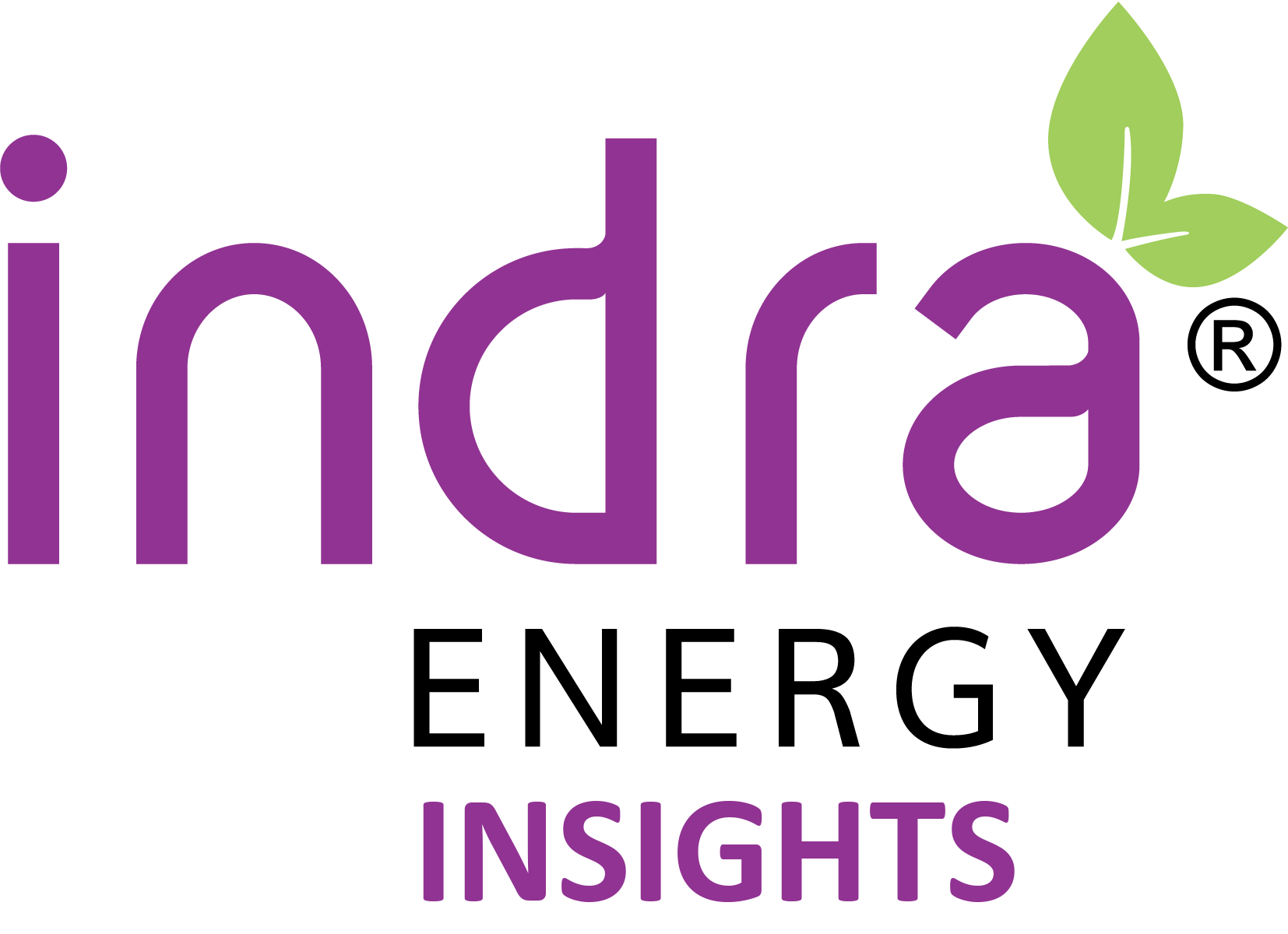The first line of defense between your building and the elements is its cladding. Harsh winds, baking heat, torrential rain and freezing snow all make contact with your construction first at their siding.
The cladding is the logical place then to begin looking for updates and upgrades to your building’s energy efficiency rating. While the best siding won’t defend against the poorest insulation—quality siding will give you a head start on reducing consumption and saving on energy bills.
Here we take a look at some of the most effective and efficient siding options to optimize energy savings, reduce energy bills, and add the final touch to an energy-wise construction.
Comparing Values
In building and construction, the thermal properties of materials are measured in units known as R-values.[1] An R-value defines how resistant a material is to heat, or energy, flowing through it. While the mathematics of material properties can get complicated, what you need to know is higher R-value materials are better at insulating than lower ones.
A higher R-value means the outside elements are better kept at bay and the energy used to heat (or cool) your building goes much further.
Brick or Stone Veneer
While a popular choice for aesthetic appeal and durability, brick and stone sidings offer some of the worst options for energy efficiency. With an R-value of just 0.11 per inch of thickness, brick and stone offer poorer insulating properties than almost any other option.[2]
Stucco
Similarly valued for its aesthetic appeal, Stucco is considered one of the most durable and long-lasting siding materials available.[3] Additionally, Stucco offers almost twice the insulating power of brick or stone siding. Two inches of Stucco provides an R-value of 0.4, a good first layer defense against harsh weather conditions.[4]
Wood
An attractive option for natural aesthetics, the insulating properties of wood siding are relatively strong too. While the maintenance costs are comparatively high beside competing offerings, with an R-value as high as 0.8, its impressive insulating power makes wood one of the top choices for many homes.[5]
Aluminum, Steel, and Vinyl
Comparatively inexpensive to install and remarkably versatile, each of these materials can be used in both new construction or as a retrofit to improve the efficiency and aesthetics of an aging building.[6] With an R-value of 0.61, these materials on their own strike a good balance between low-maintenance, cost, and energy-efficient ratings.
These materials when finished with an insulating layer, greatly escalate their efficiency rating. Combined with a half-inch layer of insulation increases its R-value three-fold to 1.8.[7]
Energy Efficient Buildings
There is a massive array of factors to consider when choosing the right siding. Maintenance, aesthetics, and cost are among some of the high priority issues, but energy efficiency is one key factor that will continue to save money on energy bills—potentially for the lifetime of the building.
High-quality siding is the best first defense to efficient energy use. Used in conjunction with energy-efficient insulation, it can create a comfortable environment with finished R-values of 20 or more.[8] That’s enough to exceed its costs and make the most of energy-efficient savings
_
[1] R-Value Table Insulation Values For Selected Materials. (2019, July 16). Retrieved April 15, 2020, from http://www.coloradoenergy.org/procorner/stuff/r-values.htm
[2] Ibid.
[3] Mold, P., & Godbey, R. (2015, April 9). LIMEWASH: COMPATIBLE COVERINGS FOR MASONRY AND STUCCO. Retrieved April 15, 2020, from http://citeseerx.ist.psu.edu/viewdoc/summary?doi=10.1.1.570.7117
[4] R-Value Table Insulation Values For Selected Materials. (2019, July 16). Retrieved April 15, 2020, from http://www.coloradoenergy.org/procorner/stuff/r-values.htm
[5] Ibid., and Dwyer, J., Bonura, T., Nebelsick, A., Williams, S., & Hunt, C. (2011). Installation, care, and maintenance of wood shake and shingle siding. Retrieved from https://www.fs.usda.gov/treesearch/pubs/39748
[6] Stewart, R. (2010). Building on the advantages of composites in construction. Reinforced Plastics, 54(5), 20–27. https://doi.org/10.1016/s0034-3617(10)70171-5
[7] Ibid.
[8] 7 of the Most Popular Types of Exterior Siding. (n.d.). Retrieved April 15, 2020, from https://www.2-10.com/blog/7-popular-types-exterior-siding















